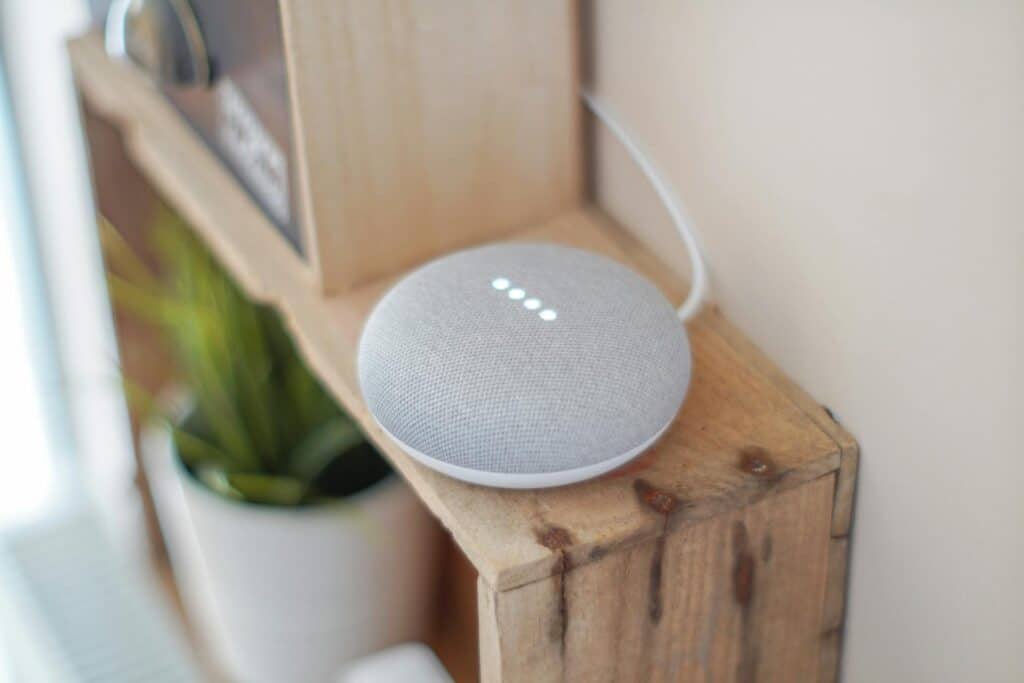In today’s fast-paced world, the concept of a smart home has evolved from a futuristic idea to a practical reality. Integrating cutting-edge technology into your living space not only enhances convenience but also improves security, energy efficiency, and overall quality of life. If you’re considering upgrading your home, now is the perfect time to explore the endless possibilities that smart home technology offers.
This blog post delves into the benefits of transforming your house into a smart home, the various technologies available, and how to maximize the potential of your living space.
Why Turn Your House into a Smart Home?
The shift towards smart homes is driven by the desire for a more comfortable, secure, and efficient living environment. Here are some compelling reasons why homeowners are increasingly opting for smart technology:
- Convenience: With smart home devices, everyday tasks become easier and more automated. You can control lighting, temperature, security systems, and even kitchen appliances with just a tap on your smartphone or a voice command.
- Energy Efficiency: Smart thermostats, lighting systems, and appliances are designed to optimize energy use, reducing your carbon footprint and lowering utility bills.
- Security: Smart security systems provide real-time monitoring, instant alerts, and remote access, ensuring that your home is always protected, even when you’re away.
- Customization: Smart homes offer personalized experiences tailored to your preferences, making your living space truly your own.
Key Technologies to Transform Your Home
The journey to a smart home begins with understanding the technologies available and how they can enhance different aspects of your home. Here are some key areas where smart technology can make a significant impact:
1. Smart Lighting Systems
Smart lighting systems allow you to control the ambiance of your home with ease. You can adjust brightness, color, and even set schedules to match your daily routine. Smart bulbs and lighting systems are often compatible with voice assistants like Alexa or Google Assistant, enabling hands-free operation.
Benefits:
- Energy savings through optimized usage
- Enhanced ambiance with customizable lighting
- Convenience with remote and voice control
2. Smart Thermostats
Smart thermostats are a cornerstone of energy-efficient homes. These devices learn your schedule and preferences, automatically adjusting the temperature to ensure comfort while minimizing energy use. Some models even integrate with other smart devices, such as window sensors, to further enhance efficiency.
Benefits:
- Lower energy bills
- Personalized climate control
- Integration with other smart devices
3. Smart Security Systems
Smart security systems offer peace of mind by providing comprehensive protection for your home. These systems typically include smart cameras, doorbells, locks, and alarms that can be monitored and controlled remotely. Advanced systems use AI to recognize familiar faces and detect unusual activity.
Benefits:
- Enhanced security with real-time alerts
- Remote access and control
- AI-driven threat detection
4. Smart Appliances
From refrigerators that monitor their contents to ovens that can be preheated remotely, smart appliances bring a new level of convenience to your kitchen. These devices are designed to save time and energy, making your cooking and cleaning routines more efficient.
Benefits:
- Time-saving features
- Energy efficiency
- Remote control and monitoring
5. Smart Entertainment Systems
Transform your living room into a high-tech entertainment hub with smart TVs, speakers, and streaming devices. Smart entertainment systems allow you to enjoy your favorite content with enhanced sound and picture quality, all controlled from a single device.
Benefits:
- Superior audio and video quality
- Seamless integration with other devices
- Personalized content recommendations
How to Get Started with a Smart Home
Embarking on the journey to a smart home can be overwhelming, given the plethora of options available. Here are some steps to help you get started:
- Assess Your Needs: Begin by identifying the areas of your home where smart technology would be most beneficial. Consider your lifestyle, routine, and specific pain points that technology can address.
- Start Small: You don’t need to upgrade your entire home at once. Start with one or two smart devices, such as a smart thermostat or lighting system, and gradually expand as you become more comfortable with the technology.
- Choose Compatible Devices: Ensure that the devices you choose are compatible with each other and with your preferred smart home ecosystem, whether it’s Amazon Alexa, Google Home, or Apple HomeKit.
- Plan for Integration: Think about how different devices can work together to create a seamless smart home experience. For example, you can set up routines where your smart lights dim when your smart TV is turned on for movie time.
- Consider Professional Installation: While many smart devices are easy to install, some systems, like advanced security setups or home automation hubs, may require professional installation to ensure optimal performance.
Recap: Smart Home Essentials
| Technology | Key Features | Benefits |
|---|---|---|
| Smart Lighting Systems | Remote control, voice integration, scheduling | Energy savings, enhanced ambiance, convenience |
| Smart Thermostats | Learning capabilities, energy optimization | Lower bills, personalized comfort, device integration |
| Smart Security Systems | AI-driven monitoring, real-time alerts, remote access | Increased safety, peace of mind, comprehensive protection |
| Smart Appliances | Time-saving features, remote operation | Efficiency, convenience, reduced energy consumption |
| Smart Entertainment Systems | High-quality audio/video, streaming integration | Enhanced entertainment, seamless control, personalized content |
Conclusion
Turning your house into a smart home is an investment in convenience, security, and energy efficiency. By integrating the latest smart technologies, you can unlock the full potential of your living space, making it more comfortable, efficient, and tailored to your needs. Whether you’re starting with a smart thermostat or planning a full home automation system, the possibilities are endless, and the benefits are substantial.
Frequently Asked Questions (FAQ)
What is the first step to turning my house into a smart home?
Start by assessing your needs and identifying key areas where smart technology can benefit your home, such as lighting, security, or temperature control.
Are smart home devices energy-efficient?
Yes, many smart home devices, like smart thermostats and lighting systems, are designed to optimize energy use, helping to reduce your carbon footprint and lower utility bills.
How do smart security systems enhance home safety?
Smart security systems offer features like real-time alerts, remote monitoring, and AI-driven threat detection, providing comprehensive protection for your home.
Can I control multiple smart devices with a single system?
Yes, most smart home ecosystems, like Amazon Alexa or Google Home, allow you to integrate and control multiple devices from a single app or voice assistant.
What are the benefits of smart appliances?
Smart appliances save time and energy by offering remote control, monitoring capabilities, and efficient operation, making your kitchen and household tasks more convenient.








